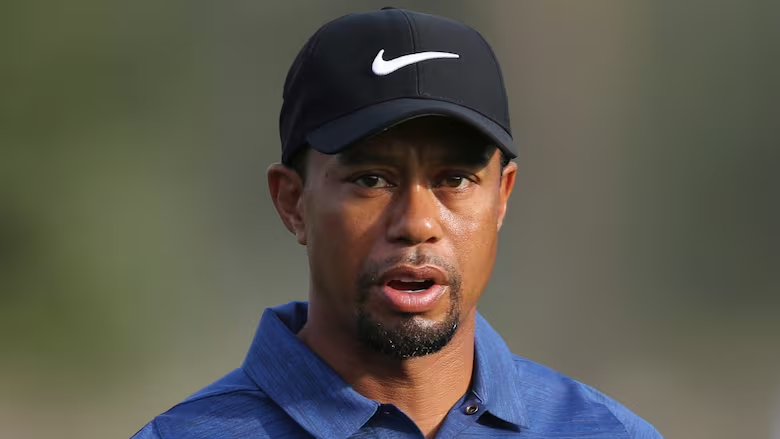Sports hype of platelet-rich plasma 'powerful marketing tool' but distorts the science
Evidence on when and how to use PRP becoming more murky, sports medicine physicians say

When injured elite athletes talk about using platelet-rich plasma (PRP), the coverage fuels hype that makes it harder for average consumers to see the limitations of the potential treatment, a new study suggests.
Athletes including American golfer Tiger Woods, NFL quarterback Tom Brady and now-retired NBA player Kobe Bryant have reportedly used the decades-old approach.
When PRP is used in sports medicine circles, the person's blood is collected and spun to concentrate the platelet component of the fluid, which is then injected back into an injured area, such as a torn tendon.
- Canadian sports doctor Anthony Galea found guilty of professional misconduct
- Kobe Bryant's rehab progressing, still weeks away
Tim Caulfield, who holds the Canada Research Chair in health law and policy at the University of Alberta, and his co-authors reviewed newspaper coverage of PRP use between 2009 and 2015 in Australia, Canada, Ireland, New Zealand, United Kingdom and the United States. It was part of their ongoing research into what he calls "bunk" or "science hype" — exaggeration of the benefits of science and understatement of any risks or other concerns, including in stem cell treatments.
"When PRP is covered in the sports pages, it's talked about in a way that if you were just a casual observer of the science, you would assume that this works and that, we think, is a very powerful marketing tool," said Caulfield.
"If you see a story about a pitcher, a football player or track and field star getting PRP and you have an injury and you know of a clinic near you that's offering PRP, I think it does make it seem like it's more legitimate and perhaps that the science is further along than it really is."
I think that evidence is starting to become less clear [on] when to use it and what regimen because even the way it's been studied has been a bit murky.- Dr. Mark Leung
In last week's issue of the journal PLOS One, Caulfield and his co-authors reported that a large majority of PRP articles from Australia (97.1 per cent), the U.S. (87.1 per cent) and Canada (79.4 per cent) were sports-related stories.
The exception was in New Zealand, where less than 10 per cent were sports-related. The researchers found that 81.8 per cent of the articles analyzed were cosmetic stories.
Reality TV star Kim Kardashian first promoted PRP as an anti-aging treatment through the vampire facials she underwent on her show in 2013 to avoid wrinkles.
Caulfield said he sympathizes with sports reporters but he wants the public to recognize how elite athletes are willing to try just about anything, even unproven, because they're desperate to return to play. That doesn't necessarily mean the treatment works.
"To date, the science [for PRP] is far from definitive," he said.
The researchers said their findings raise questions about why there have been so few well-conducted, large clinical trials into PRP to truly judge how much it helps or harms.
Dr. Ryan Degen, an orthopedic sports medicine surgeon at Western University in London, Ont., is seeking funding to conduct a clinical trial on PRP.
"The trial that we're going to try to get off the ground is to look at knee arthritis to see if [PRP is] warranted to treat the arthritis or if we should just be sticking with the conventional injections that we've been using," Degen said.
Degen advises athletes to tread cautiously.
'Win at whatever cost' may include your health
Degen tells his patients there are a few possible indications to use PRP in sports medicine, but other times, it's not worthwhile, particularly given that the expense can range from $250 to several thousand dollars.
Many people look up to elite and professional athletes. But the study's findings suggest part of the cautionary message around PRP use is lost when athletes are the source of the message, said Dr. Mark Leung, director of the primary care sport and exercise medicine program at the University of Toronto.
For "elite athletes, one of the names of the game is you start to try and compete and win at whatever cost and that may include your health, and so I don't think many individuals [in] the general population may understand that aspect."
The reality is, PRP injections don't replace an accurate diagnosis and reliable treatments such as exercise, weight management and rehabilitation, Leung said.
"There was some evidence for its use in tennis elbow or in partial tendon tears," said Leung. "I think that evidence is starting to become less clear [on] when to use it and what regimen, because even the way it's been studied has been a bit murky."
For non-elite athletes, Leung suggested a more moderate approach to diet, workouts and recovery from injuries.